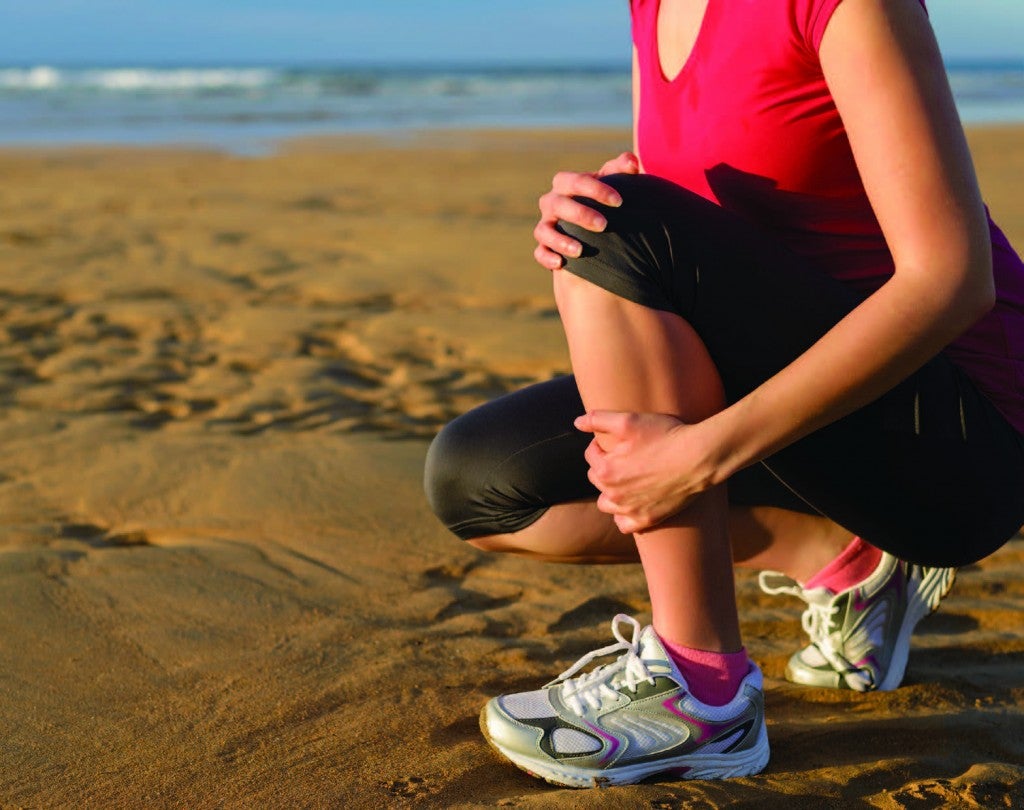Shin Splints 101: What Causes This Common Injury

Many runners have some idea what shin splints feel like: a pain that can range from achy to piercing. To get some background about this discomfort, we turned to Tony Ambler-Wright, a senior practitioner with Fusionetics, a Georgia-based company that works with athletes of all levels to prevent injuries and increase performance.
Ambler-Wright ran competitively in high school and college and was involved in a shin splint study through the University of California, Davis. “Throughout the study I continued to run, performed therapeutic exercises as prescribed, and also cross-trained by cycling on days my pain was intolerable; I had regular visits with my doctor, my bone density was monitored, and I managed my pain with large doses of ibuprofen. With that said, over the course of a few months my body adapted to the stress—bone density increased significantly along the inner edge of my shins,” he says. “I became pain free and haven’t suffered from them since—even after long layoffs from running.”
What are shin splints?
Runners tend to use this catchall term for any pain below the knee and around the shinbone or tibia. Officially, shin splints are called Medial Tibial Stress Syndrome (MTSS) and result from inflammation of the muscles, tendons and tissue around the tibia. “With MTSS, diffuse pain and tenderness typically occurs 1 to 4.5 inches above the ankle where muscles of the lower leg and foot attach to the bone,” Ambler-Wright explains. He says other conditions, such as stress fractures, exertional compartment syndrome and tendinitis can also cause shin pain, so if pain persists, see your doctor to rule out other conditions.
Who gets them?
“Runners (particularly those who are just beginning) are at increased risk for them due to the relatively high-impact associated with running,” Ambler-Wright says. “Shin splints are caused from a variety of culminating factors but can be largely attributed to doing too much, too soon—whether from an increase in training frequency, distance, duration and/or intensity—or inadequate recovery between training sessions.”
What should I do if I have a case of the splints?
Ambler-Wright says it’s best to stop running and allow the body to recover, ice your shins throughout the day and use compression socks or wraps. You can also take over-the-counter anti-inflammatory drugs.
